Introduction:
In a world brimming with literal interpretations and concrete definitions, abstract art invites us to pause, ponder, and lose ourselves in the undefined. Imagine standing before a vast panel adorned with shapes that dance between resembling Ancient calligraphy and abstract designs on an unconventional canvas of oriented strand board (OSB). What might this fusion of tradition and modernity tell us about our own perceptions and the world around us?
The Human Quest for Meaning:
As descendants of the earliest humans, who survived by recognizing patterns in nature, our brains are hardwired to seek order in chaos. This evolutionary trait, while beneficial in the wild, confronts a unique challenge in the realm of abstract art. Such art, devoid of obvious meaning, urges us to tap into deeper cognitive and emotional layers, searching for significance where none may overtly exist.
Art and Existential Reflection:
Philosophically, the engagement with abstract art can be viewed as an existential exercise. Each stroke and shape serves as a conduit to our deepest thoughts and existential musings, asking us profound questions about existence, identity, and the cosmos. Through this lens, abstract art is not just art—it’s a mirror reflecting our innermost selves and the eternal human quest for understanding.
The Canvas as a Mirror:
What does it mean when the everyday material of OSB becomes a canvas for intricate, calligraphic artistry? This pairing of the mundane with the mystical challenges our perceptions of value and materialism, urging us to find beauty in the ordinary and significance in the utilitarian. It’s a reminder that art—and perhaps meaning itself—is everywhere, in every material and form, waiting to be discovered and appreciated.
Cultural and Cognitive Resonance:
Abstract art does not discriminate; it speaks a universal language that transcends cultural and temporal boundaries. In its forms, viewers from different backgrounds might find a reflection of their personal experiences, cultural heritage, or spiritual beliefs. It’s a testament to art’s power to unify by speaking to common human emotions and experiences, even through the abstract.
Conclusion:
As we stand before such abstract creations, we are invited not just to see, but to explore and interpret. This artwork, a blend of traditional motifs and modern materials, challenges us to question, reflect, and perhaps most importantly, to engage in a dialogue with the unknown. Like the ancient philosophers who pondered the stars, we too are offered a moment to ponder the depths of our own consciousness through the simple act of viewing art.
In the spirit of Socrates, who championed the pursuit of knowledge and self-understanding, let us approach abstract art not just as observers, but as participants in a philosophical journey. As we decode these abstract forms, may we also decode aspects of our own lives and the shared human condition.




No comment yet, add your voice below!